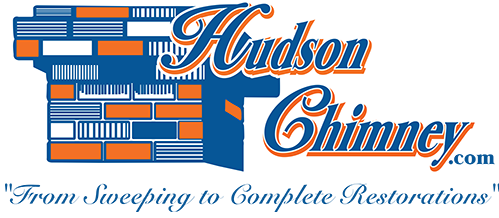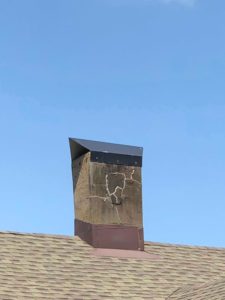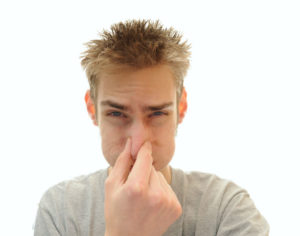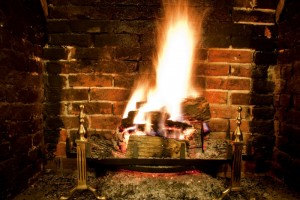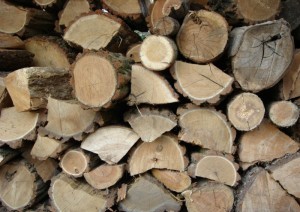Don’t Procrastinate Your Chimney Repair Work
Procrastinating on chimney repairs can lead to very dangerous results. There are many reasons why you should never procrastinate on repairing your chimney. A fireplace is a wonderful addition to your home to keep you warm and cozy, however, it is important to remember that the chimneys that serve them work to make sure that the fire burning doesn’t result in dangerous gases and other by-products of combustion getting into your home.
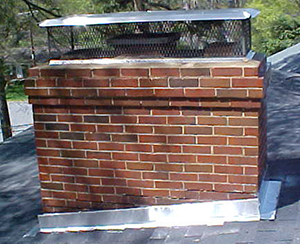
Reasons Why Chimney Repairs Are Important
Smoke from fires contains dangerous gases such as carbon monoxide, an odorless, colorless gas that can cause illnesses or even death if exposed to large amounts.
Another risk is that delaying repairs could lead to chimney fires. As all of the different substances produced as wood burns are expelled through the chimney, it could result in residue that sticks to the inner walls of your chimney. This is called creosote. Creosote is a black or brown oily residue that is highly combustible. If it’s not maintained and taken care of, the buildup could ignite causing chimney fires.
Another reason to not delay repairs is that the further the damage, the more costly it could get, especially if it deals with cracks or leaks. Cracks in your chimney could lead to overheating and dangerous gases to leak into your home. Leaks in your chimney could lead to further damage of the structure of your home. As it impairs the efficiency of your chimney, it can also cause leaks into your ceilings, walls, and other structures.
Leaks occur because a lot of masonry materials are porous to expel the gases, however this also means that it can absorb large amounts of water. According to the Chimney Institute of America (CSIA), common bricks act like a sponge, absorbing water & moisture into the interior of your chimney system.
Preventing leaks is very affordable and easy. Here at Hudson Chimney, we want to do everything we can to help from water damage to preventing dangerous gases to enter your home.
Look for Signs
There are many different ways to know if you need chimney repairs. With leaks, it could be hard to find any symptoms. However, if you see any of these following signs, call a chimney professional right away.
- Deteriorated metal or masonry firebox parts or rusted fireplace accessories
- A dripping noise
- Rotting adjacent wood and ruined wall coverings
- Water-stained walls and ceiling around your chimney
- Stained chimney exterior or decaying exterior mortar
- A cracked or deteriorated flue lining
- A tilted, collapsed or settled-looking chimney
- Rainwater in or around your fireplace or furnace thimble
With possible creosote build up, you shouldn’t see any heavy or dangerous signs such as loud cracking or dense smoke if you get your chimney swept regularly. As creosote build up comes in different stages, the further you get, the harder and more costly it will get.
Some early signs to look for are:
- Reduced drafting in fireplace
- Black soot in and around your fireplace
- Very dark smoke coming from your chimney
- If you can see more than ⅛ of an inch of soot build up
- Not as much as ash left after burning
- If you see any of these signs, make sure you contact a chimney professional to help.
How We Can Help
Hudson Chimney has been in the business for over 30 years and we have dealt with all kinds of repairs. We have certified chimney professionals that will help inspect your chimney and repair them for you. We want to make sure that your home is protected from preventable danger concerning your chimney.
With the recent Covid-19 outbreak, we are taking precautions to ensure your safety as well as your professionals. We are taking measures not to shake hands, we will be wearing gloves, laying down tarps, which are washed everyday when professionals return, and we have many tarps to ensure that we are not spreading the virus from home to home.
